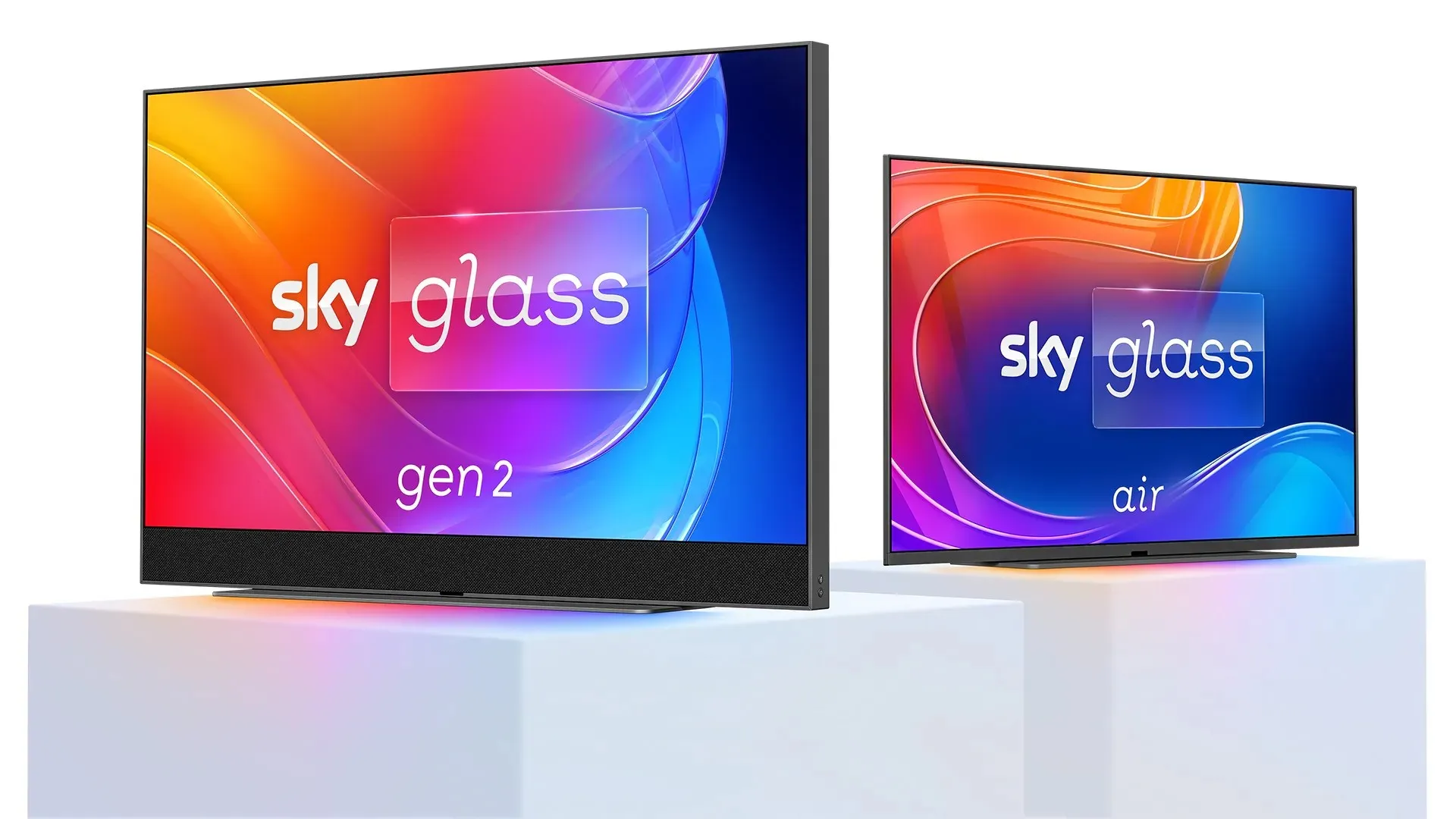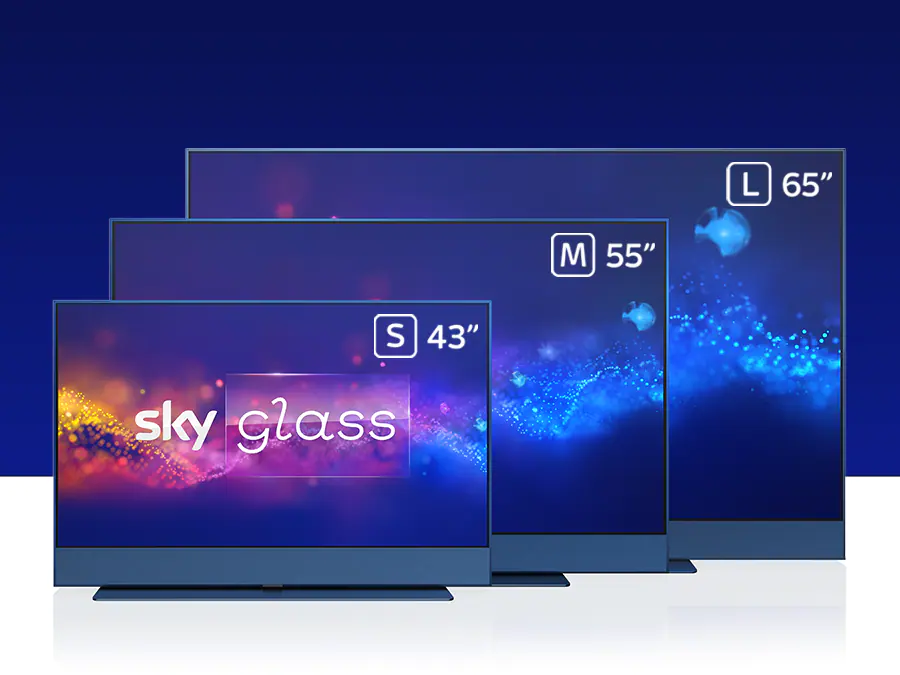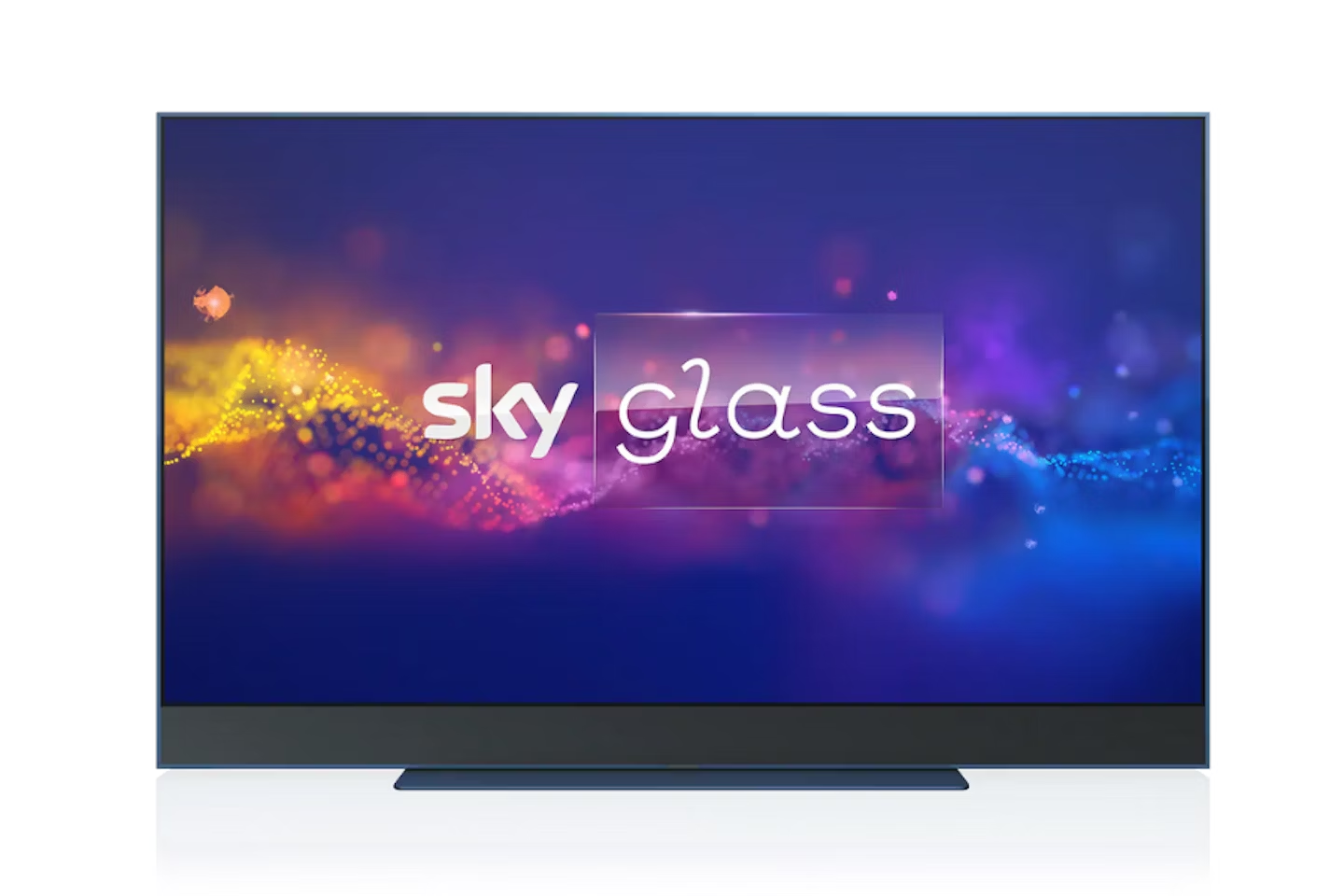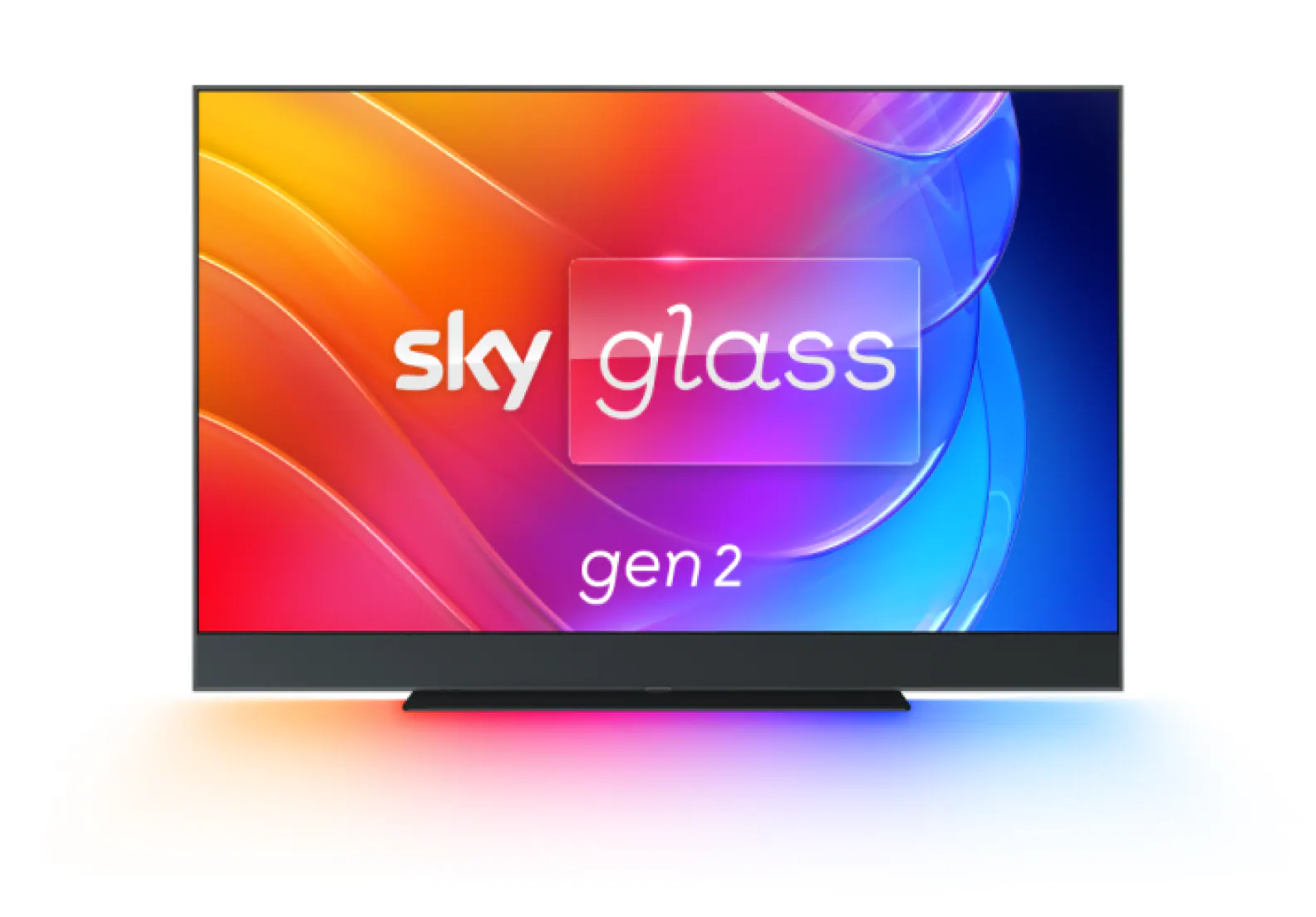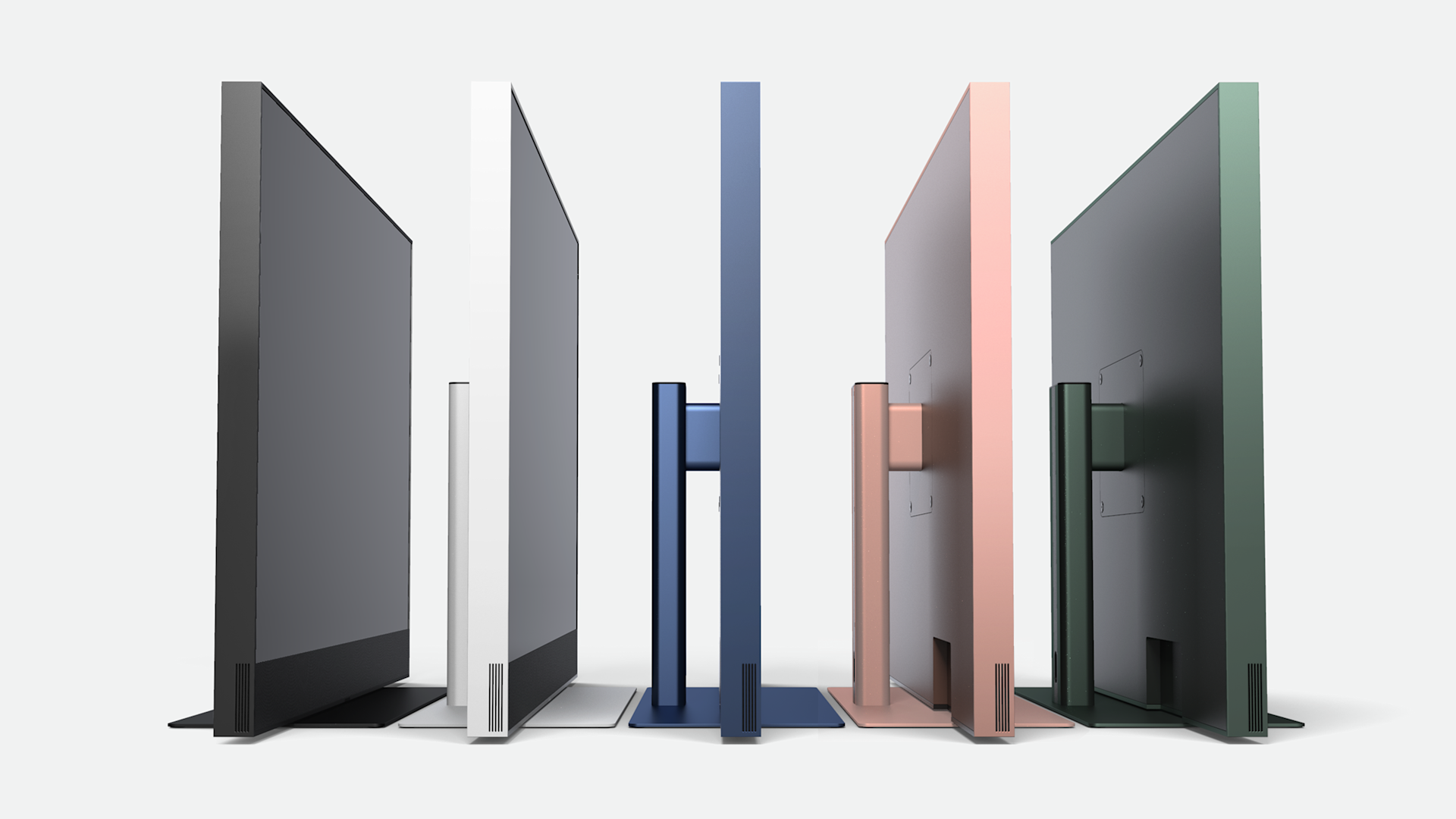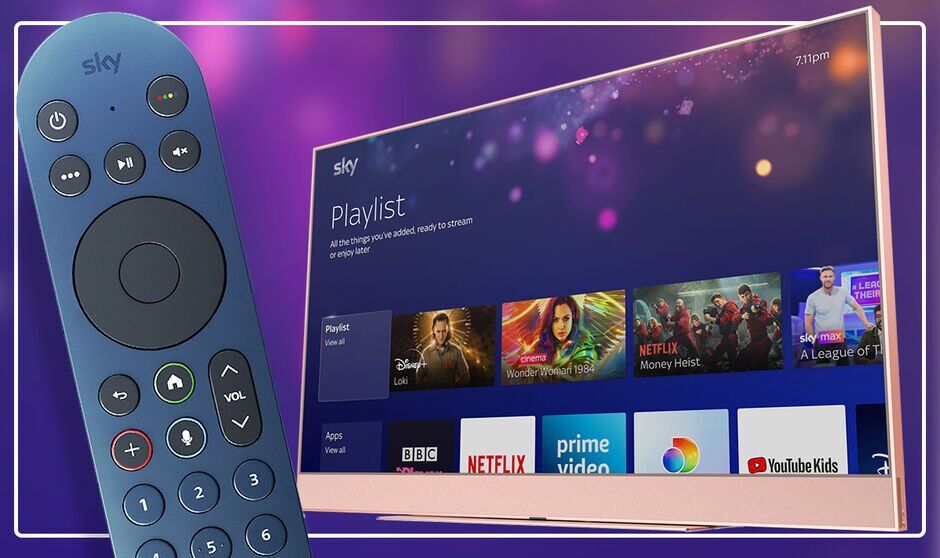Description
Sky Glass: A Revolution in TV or Just Another Screen?
Sky Glass has arrived, and it’s shaking up the TV landscape. Promising a seamless integration of streaming and traditional TV, all without a satellite dish, this new offering from Sky is generating both excitement and skepticism. But is it a true revolution in home entertainment, or just another screen vying for your attention (and your subscription)?
The Promise: TV, Simplified
The core appeal of Sky Glass lies in its simplicity. Gone are the days of bulky satellite dishes and cluttered set-top boxes. This all-in-one TV boasts:
- Integrated Streaming: A curated interface combines Sky’s own content, including Sky Originals and Premier League football, with popular streaming services like Netflix, Disney+, and Amazon Prime Video (subscriptions required).
- Dish-Free Viewing: Everything is delivered over your broadband connection, meaning no satellite dish required, making installation easier and more aesthetically pleasing.
- High-Quality Picture and Sound: Sky Glass comes equipped with 4K HDR resolution and Dolby Atmos surround sound, promising an immersive viewing experience.
- Voice Control: “Hello Sky” allows for effortless navigation, searching, and controlling your TV with your voice.
- Multiple Size Options: Available in 43″, 55″, and 65″ screen sizes, there’s a Sky Glass to fit most living spaces.
- Affordable Payment Options: Sky offers flexible payment plans, allowing you to spread the cost of the TV over a period of time, making it more accessible.
The Reality: A Closer Look
While the idea is compelling, Sky Glass isn’t without its potential drawbacks:
- Broadband Dependency: A stable and fast broadband connection is crucial for optimal performance. Lagging streams and buffering could negate the benefits of the sleek design.
- The Sky Ecosystem Lock-in: While it offers other streaming services, Sky Glass is heavily integrated with Sky’s own platform. Users heavily invested in other ecosystems might find this limiting.
- Potential Picture Quality Concerns: While boasting 4K HDR, user reviews and professional testing have raised questions about whether the picture quality truly matches dedicated high-end TVs in the same price range.
- Cost Considerations: While payment plans make it seem affordable, the ongoing Sky subscription on top of the TV’s cost can add up significantly over time.
- Reliability and Software Bugs: As with any new technology, early adopters have reported some teething problems, including software bugs and connectivity issues.
Who is Sky Glass for?
Ultimately, Sky Glass caters to a specific audience:
- Sky Loyalists: If you’re a long-time Sky subscriber looking for a simplified and streamlined experience, Sky Glass offers an attractive proposition.
- Tech-Savvy Simplifiers: Those seeking a clean and minimalist setup without the hassle of multiple devices and cables will appreciate the all-in-one nature of Sky Glass.
- Broadband-Reliant Viewers: If you have a solid broadband connection and primarily consume content through streaming services, Sky Glass could be a good fit.
The Verdict: Innovation with Caveats
Sky Glass is undoubtedly an innovative product that simplifies the TV viewing experience. It’s a bold step towards a future where streaming and traditional TV seamlessly coexist. However, its dependency on broadband, the Sky ecosystem lock-in, and potential picture quality concerns are factors that potential buyers should carefully consider.
Before jumping on the Sky Glass bandwagon, research your needs, assess your broadband capabilities, and weigh the long-term costs. It’s a compelling option, but not necessarily the perfect option for everyone. Perhaps the biggest question to ask yourself is whether you’re truly buying a TV, or a subscription box masquerading as one. The answer to that question will likely determine whether Sky Glass is the right choice for you.

